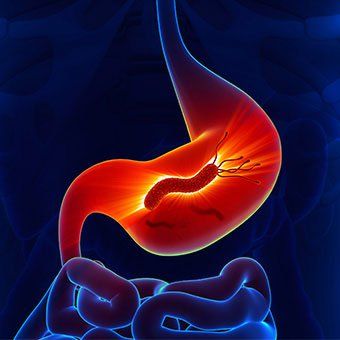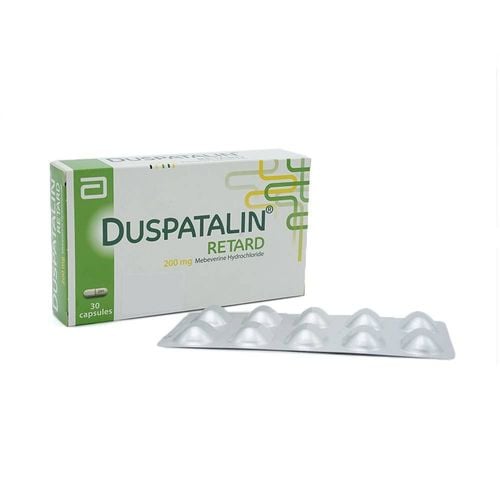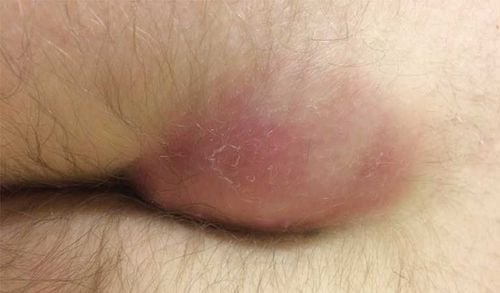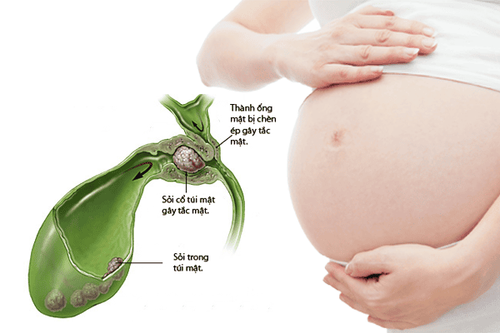Anal fistula is a condition where the lining of the anal canal is torn or ruptured due to various causes, leading to pain, bleeding, and discomfort that can significantly affect quality of life. Early detection and intervention are critical. So, is there a way to treat anal fistula at home?
1. What is anal fistula?
Anal fistula is an infection in the anal canal's crypts and glands, where stool exits the body. This infection causes inflammation and abscess formation in the space between the internal and external anal sphincter muscles. When the abscess ruptures, it forms a fistula.
Common causes of anal fistula: Trauma to the anal lining, damage from straining during diarrhea, constipation, or childbirth. Hypothyroidism, tumors, obesity, Crohn’s disease, ulcerative colitis, inflammatory bowel disease, and syphilis can also lead to secondary anal fistulas.
Around the fistula tract is granulation tissue formed by inflammatory reactions. Depending on the severity of the infection and the patient's inflammatory response, fistulas may appear in different forms, including: Superficial fistulas: Outside the sphincter muscles. Trans-sphincteric fistulas: Through the sphincter muscles. Complete fistulas: With an external opening. Incomplete fistulas: With only an internal opening. Intra-sphincteric fistulas. Simple fistulas and complex fistulas (fistulas branch and twist)
Although anal fistula is benign, it can lead to severe complications if left untreated. The condition can affect individuals of all ages and genders, though it is most common in adults aged 30–50. Men are four times more likely to develop anal fistulas than women.
2. Symptoms of anal fistula
When a person has an anal fistula, the following symptoms may occur:
- The presence of small nodules around the anus and perineum, often discharging foul-smelling fluid.
- Stool leakage through the fistula during bowel movements, causing swelling, heat, pain, and a burning sensation in the anal area, along with pus discharge.
- Swelling and pain around the anus, with irritation of the surrounding skin due to persistent discharge.
- Pain during bowel movements.
- Possible bleeding mixed with pus in the anal area.
- Fever, chills, and fatigue due to infection.
3. How is anal fistula treated?
Once a diagnosis of anal fistula is confirmed, the most definitive treatment is surgical removal of the fistula.
Principles of treatment: Identify the fistula tract before surgery; Select the appropriate surgical technique and method; Remove fibrous tissue around the fistula tract; Avoid damaging the anal sphincter muscles during surgery.
Depending on the characteristics and structure of the fistula, the surgeon will determine the appropriate surgical method. Common surgical methods:
Fistulotomy, Advancement flap procedures, Seton technique…
After surgery, patients typically take about 5–6 weeks to recover. During this time, patients should rest and avoid strenuous activities that could disrupt the surgical site.
- Pain-relief medications may be prescribed to manage discomfort in the anal area.
- A diet rich in fiber should be incorporated to support healthy digestion and prevent constipation, reducing strain during bowel movements.
4. Can anal fistula be treated at home?
Once diagnosed with an anal fistula, patients must seek medical attention at healthcare facilities for timely surgical intervention. This is the most definitive and effective treatment. Home remedies or traditional treatments should not be used, as they may exacerbate the problem.
However, certain home care measures can be taken to prevent anal fistula in cases of anal fissures or when risk factors are present, such as straining due to constipation, inflammatory bowel disease, or after a natural childbirth. Anal fissures may heal on their own with dietary changes and proper care.
Home prevention methods for anal fistula:
- Soak the anal area in warm water for 10–15 minutes daily. This helps alleviate pain, reduce irritation, and disinfect the area caused by fissures. However, this is a symptom-relief method and does not treat the underlying condition.
- A fiber-rich diet is crucial for reducing the formation and severity of anal fissures that can lead to fistulas. The Academy of Nutrition and Dietetics recommends a daily intake of at least 38 grams of fiber for men and 25 grams for women. Fiber helps prevent hard stools that cause constipation and loose stools that can lead to diarrhea. Foods high in fiber include whole grains, legumes, barley, pumpkin seeds, artichokes, and more.
- Use stool softeners as needed, drink plenty of water, and consume fruits and vegetables like broccoli, spinach, cabbage, strawberries, melons, bell peppers, celery, watermelon, and lettuce to support digestion and prevent constipation.
- Maintain cleanliness of the anal area after bowel movements. Use a gentle stream of water or a soft, clean cloth for cleansing. Avoid using rough toilet paper.
- Avoid wearing tight clothing and sitting on uneven surfaces to prevent irritation or injury to the anal area.
Anal fistula is a benign anorectal condition, but if left untreated or improperly managed, it can lead to serious complications. Patients cannot treat anal fistulas at home once a fistula tract has formed, but risk factors can be mitigated through preventive measures. Maintaining proper hygiene and preventing constipation are the most effective ways to reduce the likelihood of developing anal fistulas.
PleasTo arrange an appointment, please call HOTLINE or make your reservation directly HERE. You may also download the MyVinmec app to schedule appointments faster and manage your reservations more conveniently.
To arrange an appointment, please call HOTLINE or make your reservation directly HERE. You may also download the MyVinmec app to schedule appointments faster and manage your reservations more conveniently.








